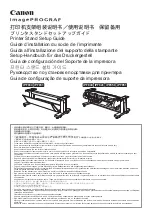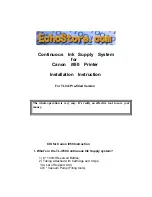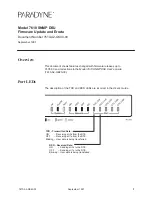
21
4 Mounting
VEGAPULS 64 • 4 … 20 mA/HART - two-wire
51141-EN-160815
Note:
It is recommended, retightening the screws in regular intervals
depending on process pressure and temperature. Recommended
torque (see chapter "Technical data").
Radar sensors for level measurement emit electromagnetic waves.
The polarization is the direction of the electrical component of these
waves.
The polarization direction is marked by a nose on the housing, see
following drawing:
1
Fig. 11: Position of the polarisation
1 Nose for marking the direction of polarisation
Information:
When the housing is rotated, the direction of polarization changes
and hence the influence of the false echo on the measured value.
Please keep this in mind when mounting or making changes later.
When mounting the sensor, keep a distance of at least 200 mm
(7.874 in) from the vessel wall. If the sensor is installed in the center
of dished or round vessel tops, multiple echoes can arise. However,
these can be suppressed by an appropriate adjustment (see chapter
"
Setup
").
If you cannot maintain this distance, you should carry out a false
signal suppression during setup. This applies particularly if buildup on
the vessel wall is expected. In such cases, we recommend repeating
the false signal suppression at a later date with existing buildup.
> 200 mm
(7.87")
Fig. 12: Mounting of the radar sensor on round vessel tops
In vessels with conical bottom it can be advantageous to mount the
sensor in the center of the vessel, as measurement is then possible
down to the lowest point of the vessel bottom.
Polarisation
Installation position
















































